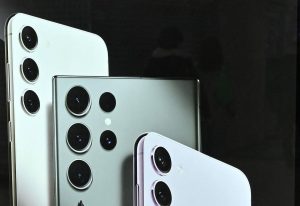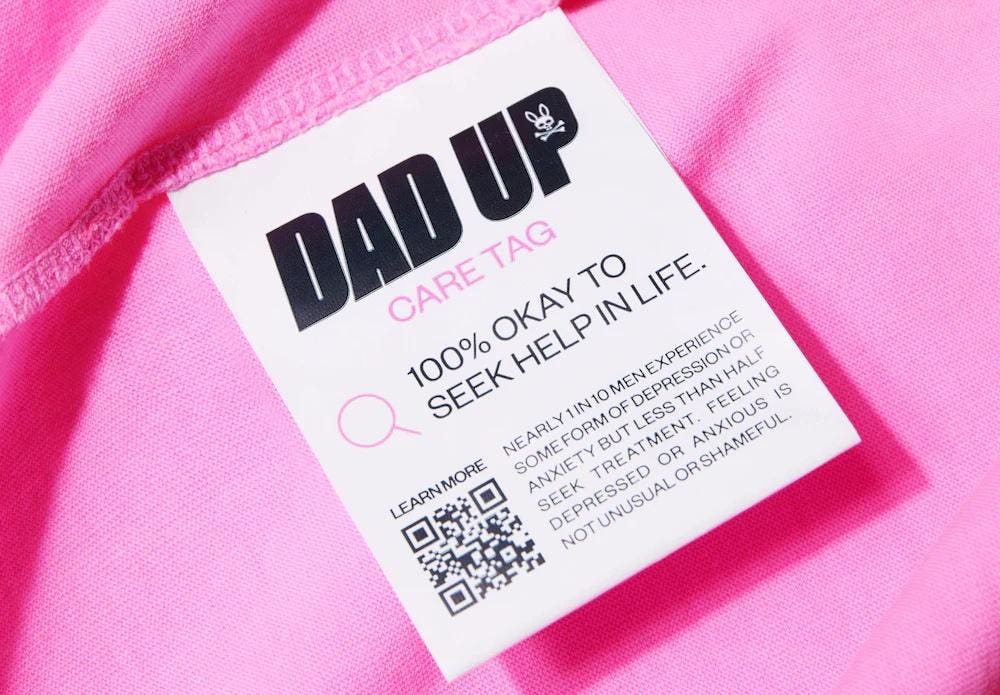One of the most common pieces of feedback I get from regular readers is their deep appreciation for how I’m able to weave a single thread through the seemingly disparate stories that appear in this space. As a lifelong disabled person, this matters a lot. Although I have, and certainly do, devote much of my coverage to literal technologies from Amazon and Apple and Google and others, the reality is accessibility and assistive technology pervades all aspects of life for me and for others in the disability community. Especially in modern times, where technology pervades nearly every facet of human existence, accessibility extends far beyond the conventional lens. Its aperture has grown ever wider, from traditional things like wheelchairs and communication boards and computer software, to encompass more mundane things like social media and garment tags and acknowledging mental health needs.
Mental health is a particularly poignant topic. Considering the backdrop of the pandemic of the last few years, the importance of mental health has come into sharper focus than ever before. As I wrote recently in my reporting on Apple’s new mood tracking features coming to iOS 17 and watchOS 10 this fall, the fact of the matter is mental health struggles can be just as disabling as any physical ailment. I’ve shared a few times anecdotally that I, personally, have struggled with anxiety and depression my entire life, and am currently on medication. My mental state is just as much a disability as my stutter or my low vision or my cerebral palsy or my congenital hearing loss. This lived experience, as well as my associated expertise on accessibility and assistive technologies, are big drivers for why this column exists at all. More pointedly, my own battle with maintaining a positive emotional wellbeing is a strong motivator on the stories appearing here that represent the convergence of mental wellness, disability, and technology.
To reiterate, anxiety and depression are disabilities all their own.
In celebrating Father’s Day this year, apparel company Psycho Bunny is marking the convergence of disability and technology to help power its new “Dad Up” campaign. The menswear brand, with brick-and-mortar outposts alongside its online store, is leveraging its various social media properties to help amplify awareness of mental health among men. At its core, the idea is the better a man’s mental health, the better father he will be for his children. In a press release, Psycho Bunny describes the campaign as “[aiming] to elevate the way [dads challenge] traditional stereotypes and commands a double take from the viewer around the brand.” The campaign is being run in partnership with Heads Up Guys, an organization dedicated to promoting better mental health in men.
“To make sure we offer the right care, we have partnered with those who know mental health best. We are proud to partner with Head Up Guys to promote mental health awareness and self-care strategies for men. By including mental health resources and information on our clothing, we hope to help our customers prioritize their well-being and encourage them to seek help if needed,” said Psycho Bunny’s vice president of brand and marketing Matthew Morein in a statement. “We believe that looking good starts with feeling good, so our vision for the future includes well-being information on every care label, giving our customers instant access to mental health resources and support.”
A core part of the “Dad Up” campaign are the so-called “Dad Up Care Tags.” The tags are physical labels on Psycho Bunny wear that has a QR code on it. A buyer (who may need mental healthcare) can use their smartphone to scan the code and be immediately taken to a webpage full of resources on how to get help and more. Next to the QR code sits a small blurb of text noting that 1 in 10 men experience anxiety and/or depression, in addition to stressing that “feeling depressed or anxious is not unusual or shameful” and that it is “100% okay to seek help in life.”
On a related aside, it’s worth pointing out these tags from Psycho Bunny are very much what retailers like Ralph Lauren are trying to push more into the mainstream. Rather than use a microscopic font to cram as much information in a microscopic space, Psycho Bunny is adroitly leaning on the modern marvel that is the smartphone to act more or less like a carrier pigeon. From a sheer technical perspective, this makes Psycho Bunny’s overall messaging that much more accessible to all.
To help market the campaign, Psycho Bunny has enlisted the assistance of a slew of celebrities. People such as Bachelor alum Sean Lowe and former NBA player and dunk contest winner Nate Robinson have posted “Dad Up”-related material to their respective social media channels. Both Lowe and Robinson posted to their own Instagrams. Lowe has 1.2 million followers, while Robinson has 2.6 million of his own.
At its heart, what Psycho Bunny is doing is accessibility in both senses of the word. In the literal sense, the company is using social media—which, obviously, is steeped in computer code—to give people access to the messaging and to the resources found in the Dad Up tags. Likewise, in the disability sense, the campaign’s whole conceit essentially lies in the realization that mental health is as legitimate a medical concern as any physical condition. As I wrote at the outset, I can personally attest continually coping with anxiety and depression has been just as disabling (and debilitating) throughout my lifetime as the physical problems caused by my premature birth. While commendable, society’s shift to embrace mental health and remove the stigmas is long overdue.
It’s entirely plausible a person—maybe who, like me, has physical disabilities—gets help and feels better in part because of the work Psycho Bunny and friends have done here. That’s assistive technology too.
Read the full article here










